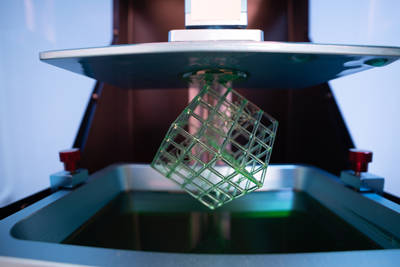Cooling Solutions for Autonomous Systems
Advances in autonomous technologies, such as smart headlights, autonomous systems for collision avoidance, and infotainment systems, require enhanced thermal protection of critical electronics to ensure optimized performance. These emerging intelligent autonomous systems are increasingly complex while decreasing in size and weight. Packing more functionality into smaller footprints has increased the heat flux density and thermal challenges in autonomous systems.

 The tiny micromirrors are placed on a semiconductor chip, known as a Digital Micromirror Device (DMD). This technology can be found in several industries ranging from Head-up displays and Smart headlights in the automotive market, Smartphones and other display and projection applications to advanced light control in 3D printing.
The tiny micromirrors are placed on a semiconductor chip, known as a Digital Micromirror Device (DMD). This technology can be found in several industries ranging from Head-up displays and Smart headlights in the automotive market, Smartphones and other display and projection applications to advanced light control in 3D printing.